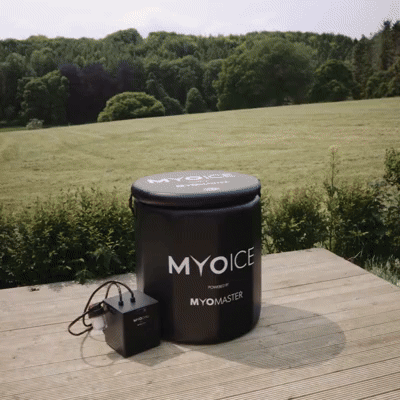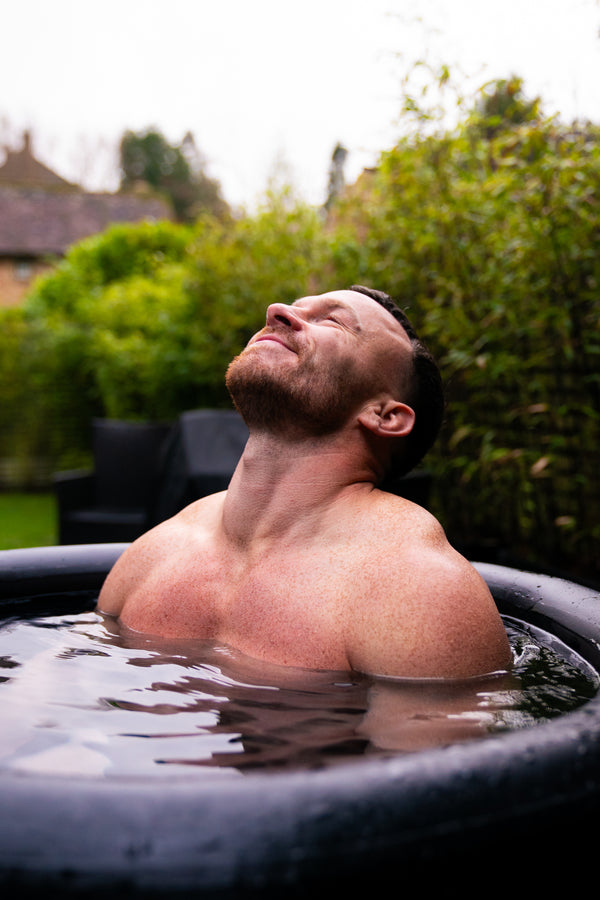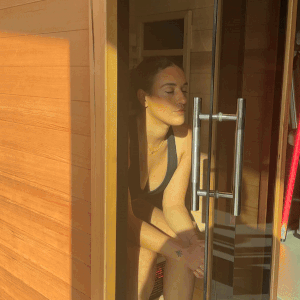In one of the landmark studies on palm cooling for athletic performance, the Dr overseeing the study called the strength gaining effects of this relatively unknown piece of technology ‘on par to that of anabolic steroids’.
The history of palm cooling started in the early 1990s when researchers at Standford University wanted to see if palm heating could be used to help hypothermic individuals.
They reversed their approach in the 2000s when DARPA, the scientific research and development arm of the US military, realized the potential lay not in heating, but in cooling of the palms and funded new studies into this promising new technology.
These studies focussed on manipulating the glabrous skins located on the palms of our hands. Underneath this special skin lies a complex network of blood vessels that are essential to our bodies internal thermoregulation.
The basic premise of palm cooling is that the harder we work during exercise the more heat we create, and the hotter we get the slower and more fatigued we become. Therefore, having areas of the body where we can rapidly dissipate heat allows us to stay within our optimal temperature for longer.
For endurance - one study looked at the potential of palm cooling to improve the performance of cyclists in the heat over a 30km time trial performed on a static bike. There were 8 participants, all trained young male athletes. The results were that all 8 demonstrated improvements of VO2 max, less heat accumulation in the core - and all 8 ‘performed their 30km time trial significantly faster when using palm cooling.’
It was significant as well, 6 participants improved their time by around 6%. The other 2 improved by between 15% and 20% - this is because they pushed their internal body temperature up to the limit early with a really high output and were then able to maintain that for the entirety of the test period.
For strength - one study by Dr Heller from Stanford university at the performance of athletes through consecutive rounds of pull ups and bench press. The results demonstrated lower blood lactate levels for all participants and a 27% improvement of work capacity when using palm cooling vs palm neutral. He later described the results of palm cooling ‘on par to that of anabolic steroids’.
While the technology behind palm cooling is still developing - it’s clear that this emerging technology is going to become a staple part of athletes' recovery protocols very soon. Already, studies are underway into the benefits of palm cooling for sleep improvement.
If you want to try palm cooling for yourself, there’s a few things you need to know. It’s called palm cooling for a reason. If it gets too cold it actually restricts the blood vessels and stops the transference of heat from the hand. The ideal temperature is around 10 degrees centigrade and exposure for a minimum of 60 seconds at a time.







